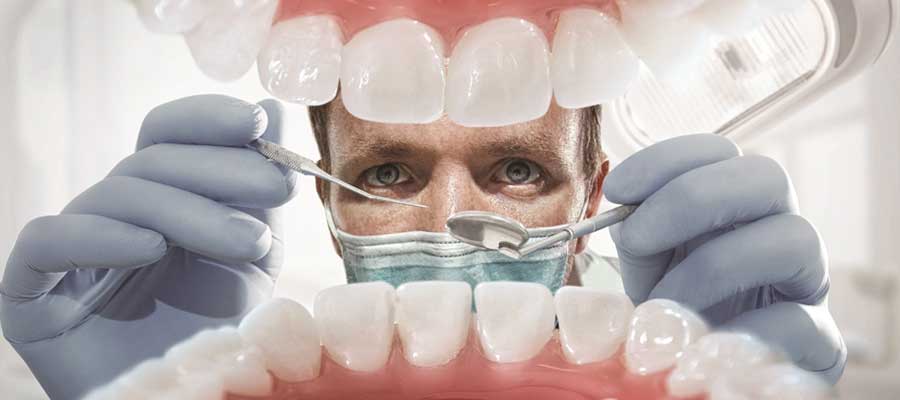How Dental Crowns And Bridges Work To Restore Teeth

Dental crowns and bridges are prosthetic devices that are attached to existing teeth to help restore broken or misshapen teeth. A dental crown is used to cover a damaged or fractured tooth while a dental bridge is used to replace a missing tooth. These are permanent implants that cannot be removed for daily cleaning like dentures.
How Do Dental Crowns Work?
Dental crowns are used to completely cover a damaged tooth. A dental crown helps to strengthen a damaged tooth while at the same time improving the shape, alignment, and appearance of the tooth. Because of their durability and aesthetics, they are generally considered to be superior to dental fillings. There are different types of crowns and some can be fitted over implants to give the teeth a natural-looking form.
Crowns are made of different materials such as ceramic to match the outline and pigment of your natural teeth. Other materials like metal or gold alloys are very sturdy and generally recommended for use on the back teeth.
Your family dentist may recommend a crown for the following reasons:
• To restore one or more damaged or fractured teeth
• As an option in place of a significant sized filling needed when a large part of a tooth is missing
• To safeguard weak teeth from further fracturing
• To cover a dental implant
• To fit a bridge
• To cover a discolored or misaligned tooth
• To cover a tooth after root canal treatment
If your dental practitioner has identified any of the above issues, he will recommend a treatment plan and schedule an initial visit for a thorough examination of your mouth and jaw, take an impression, and prepare the surface of your tooth for fitment of the crown. At the next visit, the crown will be permanently cemented to your tooth.
How Does a Bridge Work?
A bridge is recommended to help restore dental function for efficient eating and chewing. The structure of a bridge supports the teeth and helps to equally distribute chewing force, making it easier to chew. It can also help improve speech clarity that may have been affected due to the loss of a natural tooth.
Gaps left by missing teeth could cause tooth rotation which often leads to bad bite habits and can also be the cause of gum disease. A major benefit of a bridge is its ability to restore and improve your appearance with a beautiful smile. The teeth surrounding the space left by a missing tooth are called abutments. A bridge is cemented to these abutments that act as anchors for the new tooth. Abutments can be natural teeth or implants. The replacement tooth is called a ‘pontic’ with a ‘crown’ that covers the gap between the abutments.
The location and function of the missing tooth play an important role in choosing the type of material for a bridge. Cost and aesthetic considerations also play an important part in choosing the type of material used.
How are Crowns and Bridges Made?
For both crowns and bridges to be fitted correctly, the affected teeth need to be reduced in size. Once this has been done an impression will be taken to create a mold for a perfect crown or bridge. The procedure for a ceramic or porcelain crown includes determining the color and shape of the surrounding teeth to create a close match. A temporary tooth will be fitted to cover the gap while the permanent implant is being prepared.
How Long Do Crowns and Bridges Last?
Crowns and bridges last much longer than other dental devices like removable dentures and in some cases can last a lifetime. How long an implant lasts can be affected by various conditions that may lead to loosening or cause the implant to fall off. Effective dental and oral hygiene can improve the lifespan of an implant while the dental disease can cause the abutments that support the implants to loosen. Proper care of the teeth includes brushing with a good quality toothpaste at least twice a day and visiting the dentist for regular checkups.
Category
- About Invisalign and Braces in Pembroke Pines
- About Wisdom Teeth in Pembroke Pines
- Cosmetic Dentistry in Pembroke Pines
- Dental Exams And Cleanings in Pembroke Pines
- Dentist of Pines
- Family Dentistry Services in Pembroke Pines
- Mouthguards and Similar Devices in Pembroke Pines
- Orthodontics or Dentistry in Pembroke Pines
- Pembroke Pines Dental Solutions
- Root Canal Facts & Info in Pembroke Pines

